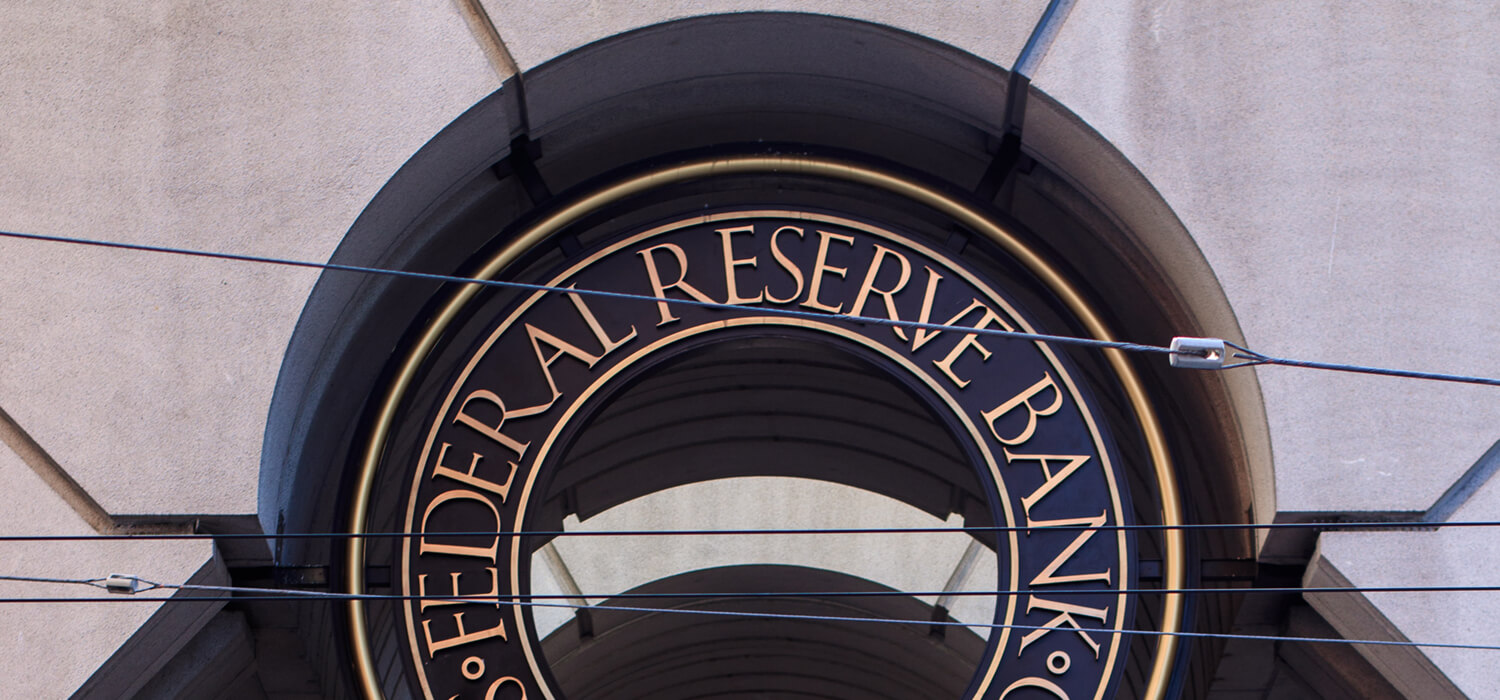A central bank is the institution that manages the monetary system within a country by creating monetary policies, regulating commercial banks, and providing financial services.
In the United States, the central bank is called the Federal Reserve. There are 12 Federal Reserve banks and 24 Federal Reserve branches throughout the country—and they maintain a strong relationship with commercial banks across the country.
The top three main functions of a central bank are to:
- Create Monetary Policies — A central bank manages the economy by maintaining price stability, which is accomplished by setting the official interest rate and controlling the money supply. These monetary policies impact consumers because if the Federal Reserve raises interest rates, it costs more for commercial banks to borrow money. In turn, costs rise for individual borrowers.
- Supervise Commercial Banks — One of the goals of central banks is to assure a flourishing and fair banking system. This is achieved by limiting risks banks can take and ensuring banks don’t run out of money. These actions protect consumers in lending and deposit transactions, as well as when using credit cards.
- Provide Financial Services — Central banks act as a bank to commercial banks. They help commercial banks conduct business—like clearing checks—and serve as an intermediary during many transactions.
How Do Central Banks Differ from Commercial Banks?
Central banks are the backbone of the financial system. There is only one central bank in each country (or group of countries, such as with the European Union). In contrast, there are many, many… many commercial banks.
As previously explained, as the supreme body of the country’s banking system, central banks oversee the work of commercial banks (like Sunrise Banks). Central banks set the rules, regulations and policies and then make sure commercial banks follow those guidelines. They serve their country’s banking system and government. Therefore, individual consumers and businesses rarely interact with central banks.
As noted, one of the main goals of central banks—which are strictly government-owned—is to manage the banking system operations and regulate the money supply for its country’s economic stability. Meanwhile, commercial banks—which can be publicly or privately owned—aim to earn a profit by initiating deposits from and providing loans to the public. Commercial banks then invest these deposits for a return. In times of financial crisis, commercial banks approach central banks for assistance and central banks lend money to commercial banks.
A More In-Depth Look at the Federal Reserve’s Relationship with Commercial Banks
In the United States, commercial banks are required to comply with the Community Reinvestment Act (CRA), which ensures banks provide adequate services to all members of the community in which they do business.
The CRA, enacted in 1977, requires the Federal Reserve to encourage commercial banks to meet these financial needs—and to not withhold credit or lending options from low- or moderate-income individuals and families.
Because small businesses comprise 99.9% of all businesses in the United States, the Small Business Administration (SBA) is an important federal agency that helps small businesses and entrepreneurs flourish. Commercial banks act as the lenders and lend the money to small businesses in accordance with SBA requirements. The SBA guarantees that it will pay back a certain percentage of the loan to the bank if the loan defaults. With the backing of the SBA, banks are more willing to make loans to small business that would not otherwise fit their typical lending guidelines.
Additionally, commercial banks are vital to our economy as small business owners navigate the impact COVID-19 has had across the country.
Many banks—including Sunrise Banks—have been hard at work processing Paycheck Protection Program (PPP) loans to help small businesses recover from the economic hit caused by the global pandemic.
Through the Paycheck Protection Program Liquidity Facility, the Federal Reserve lends the money for PPP loans to participating commercial banks, who then directly work with small business owners and entrepreneurs applying for the loans. Commercial banks do not have enough capital to make these loans themselves—even with the backing of the SBA—so this process is another example of the symbiotic relationship between central and commercial banks.
Get more industry insights on our blog.

